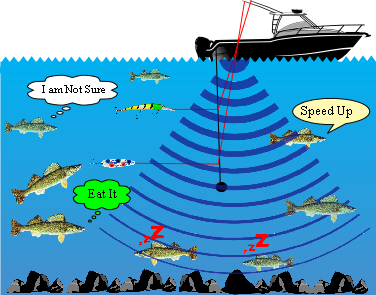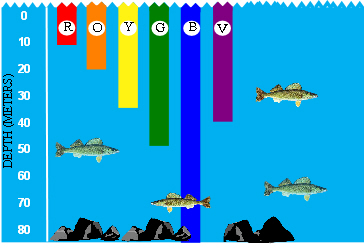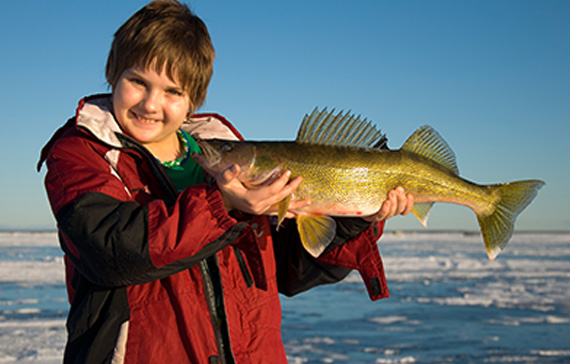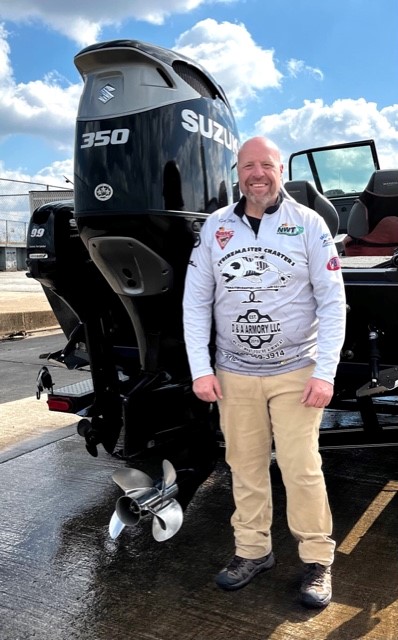The Lake Erie Walleye, also called yellow pike, yellow pickeral or old marble eye, is an awesome fish living in an amazing lake. Fishermen, from around the world, flock to northern Ohio in a quest to catch the Lake Erie Walleye. The Ohio Department of Natural Resources estimates that as of year 2021, there are approximately 95 million walleye swimming in Lake Erie that are 15 inches in length or longer. That is a great number of hungry fish to try to catch. Walleye are strictly carnivorous, feeding or eating other fish such as minnows, yellow perch, smelt and shad.
Lake Erie is one of the top 10 largest freshwater lakes in the world. When fishing on Lake Erie, there are many miles of surface water area to cover (about 9,940 square miles) and below the surface is an average depth of about 60 feet of water also. There are variety of techniques used to present a bait to the Lake Erie walleye, including trolling, jigging, and casting. Common baits are artifical lures, including jigs, crankbaits, jerk baits, and spoons. Live bait is also used and includes night crawler worms and minnows. No matter what bait or technique you use, there are some major considerations that will help put a walleye in the boat.
1) Location
Fish where the active fish are. Use your electronics and mapping to try to locate some walleyes. A fish finder uses Sonar to locate fish under a boat. Once you marked some fish on your fish finder, determine if these fish are ready to eat. Walleye typically fall into three categories ACTIVE, NEUTRAL and NEGATIVE fish. Active means there are searching or hunting for food. Find the active fish that will strike your presentation. Active fish typically appear higher in the water column and up top on the fish finder beam. Neutral fish are searching, but are not just sure if they are hungry enough to feed. Negative are just not interested in doing anything.
2) Depth
Place your bait at the proper depth. You bait presentation has to be in the strike zone of the targeted fish to be effective. From the surface to the bottom is a vertical water column measured from 0 ft deep at the surface to what the bottom is measured at ( for this example lets say 52 feet deep of water). Your electronics mark a fish at 25 feet down in 52 feet of water (FOW). Your bait will need to be just above the 25-foot mark. If your bait is deeper than 25 feet, the walleye will not see the bait that is beloww them. Walleye typically swim parallel or upwards towards a bait.
Active fish, Depth and Speed

3) Presentation
Presentation is important for your bait to be presented in a natural way to encourage fish strikes. The presentation must look natural and act natural. Make sure your your crank baits are rigged properly, and tuned for high performance. If using a worm harness or spinner, does it spin properly, is it tuned right, and or does it swim at the proper depth?
4) Speed
Use speed to your advantage when targeting walleye. When water temperature is cold (34 to 50 degrees), you want to run your lure presentation at a slower speed. The fish are sluggish at colder water temperatures. When the water temperature moves above 50 degrees to 70+ degrees, you can speed up your presentation. Walleyes are much more active in warmer water temperatures and are eagerly striking presentations. You will find that the faster trolling speeds also allows you to cover more water. Walleye will chase your lure for a longer period of time and strike it with warmer water tempature and higher bait / lure speeds.
5) Color
Old marble eye walleyes are sensitive to color based on water clarity and natural lighting. Walleyes will strike darker color lures in low light or stained water. On blue bird sky days and or clear water, this calls for Chrome, glass or green base colors. In deep lakes, like Lake Erie, lures can loose their color based on depth. Deeper the bait is in the water column the better chance the color will change on the bait.
Underwater Color Chart


